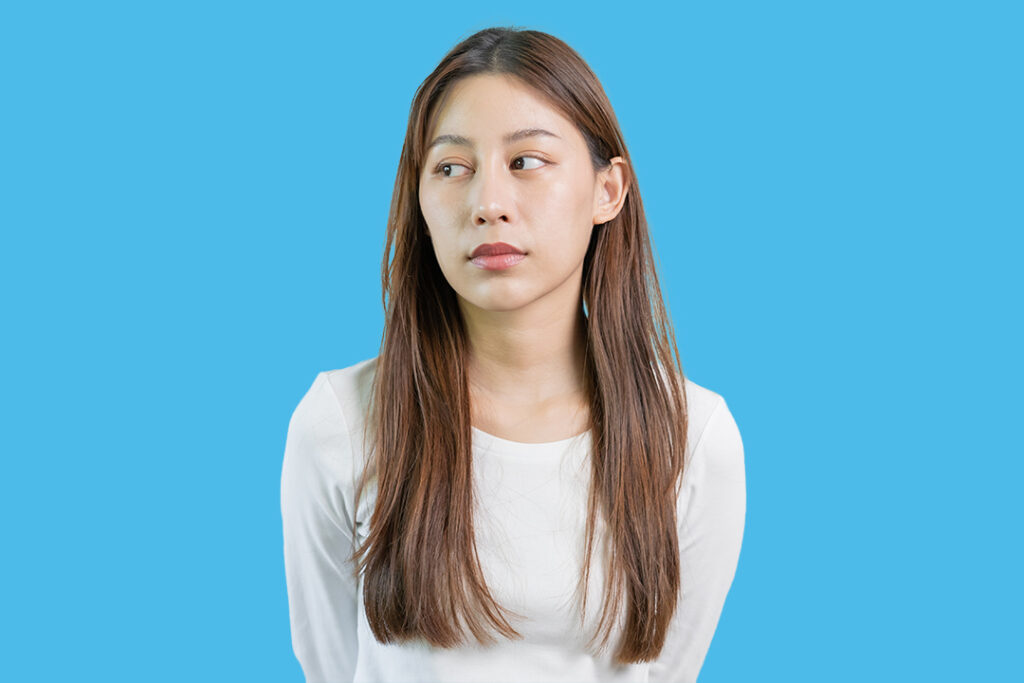World Health Organisation. 2012 Antidepressants (Tricyclic Antidepressants (TCA), Selective Serotonin Reuptake Inhibitors (SSRI)) in children 6-12 years of age with depressive episode/disorder Available at: http://www.who.int/mental_health/mhgap/evidence/resource/child_q10.pdf?ua=1 [accessed 3 May 2017]
Korczak D J, Madigan S, Colasanto M. 2017. Children’s Physical Activity and Depression: A Meta-analysis. Pediatrics. 139(4): e20162266 Available at: http://pediatrics.aappublications.org/content/early/2017/03/15/peds.2016-2266. [accessed 3 May 2017]
Hetrick SE, Cox GR, Witt KG et al. (2016) Cognitive behavioural therapy (CBT), third-wave CBT and interpersonal therapy (IPT) based interventions for preventing depression in children and adolescents. Cochrane Database of Systematic Reviews. Issue 8. Art. No.: CD003380. Available at: http://onlinelibrary.wiley.com/enhanced/exportCitation/doi/10.1002/14651858.CD003380.pub4 [accessed 28 April 2017] DOI: 10.1002/14651858.CD003380.pub4.
Mental elf link: https://www.nationalelfservice.net/treatment/mental-illness-prevention/cochrane-find-insufficient-evidence-to-support-the-implementation-of-depression-prevention-programmes-children-adolescents/
NICE. (2015) Depression in children and young people. Clinical guideline [CG28] Available at: https://www.nice.org.uk/guidance/cg28 [accessed 28 April 2017]
Hazell P, Mirzaie M. (2013) Tricyclic drugs for depression in children and adolescents. Cochrane Database of Systematic Reviews 2013, Issue 6. Art. No.: CD002317. Available at: http://onlinelibrary.wiley.com/doi/10.1002/14651858.CD002317.pub2/abstract [accessed 28 April 2017] DOI: 10.1002/14651858.CD002317.pub2.
Zhou, X., Hetrick, S. E., Cuijpers, P et al. (2015) Comparative efficacy and acceptability of psychotherapies for depression in children and adolescents: A systematic review and network meta-analysis. World Psychiatry, 14: 207–222. Available at: http://bmjopen.bmj.com/content/5/10/e008572 doi:10.1002/wps.20217 [accessed 28 April 2017] Mental Elf link: https://www.nationalelfservice.net/mental-health/depression/ipt-cbt-best-depression-children-young-people-says-network-meta-analysis/
WHO (2015). Depression Factsheet. World Health Organisation Available at: http://www.who.int/mediacentre/factsheets/fs369/en/ [accessed 28 April 2017]
Goodyer I M, Reynolds S, Barrett B. (2017) Cognitive behavioural therapy and short-term psychoanalytical psychotherapy versus a brief psychosocial intervention in adolescents with unipolar major depressive disorder (IMPACT): a multicentre, pragmatic, observer-blind, randomised controlled superiority trial. Lancet Psychiatry. 4 (2), 109–119 Available at: http://www.thelancet.com/journals/lanpsy/article/PIIS2215-0366(16)30378-9/abstract [accessed 28 April 2017] DOI: http://dx.doi.org/10.1016/S2215-0366(16)30378-9
Mental elf link: https://www.nationalelfservice.net/treatment/cbt/psychotherapies-for-depression-in-children-and-adolescents-all-of-equal-impact/
Hetrick SE, McKenzie JE, Cox GR et al. (2012) Newer generation antidepressants for depressive disorders in children and adolescents. Cochrane Database of Systematic Reviews, Issue 11. Art. No.: CD004851. Available at: http://onlinelibrary.wiley.com/doi/10.1002/14651858.CD004851.pub3/full [accessed 28 April 2017] DOI: 10.1002/14651858.CD004851.pub3.
NICE. 2013. Depression in children and young people Evidence Update. National Institute for Health and Care Excellence. Available at: https://www.nice.org.uk/guidance/cg28/evidence/evidence-update-pdf-193484989 [accessed 28 April 2017]
Munthe-Kaas HM, Johansen S, Blaasvær N at al. (2014) The effect of psychosocial interventions for preventing and treating depression and anxiety among at-risk children and adolescents. Rapport fra Kunnskapssenteret nr. 22 – 2014. Available at: http://www.kunnskapssenteret.no/en/publications/the-effect-of-psychosocial-interventions-for-preventing-and-treating-depression-and-anxiety-among-at-risk-children-and-adolescents [accessed 28 April 2017] ISBN 978-82-8121-846-8 ISSN 1890-1298.
Hazell P. (2015) Depression in children and adolescents: complementary therapies. Systematic review 1008. BMJ Clinical Evidence. Available at: http://clinicalevidence.bmj.com/x/systematic-review/1008/overview.html [accessed 28 April 2017]
Dunn, E. C., Uddin, M., Subramanian, S.V et al. (2011) Research Review: Gene–environment interaction research in youth depression – a systematic review with recommendations for future research. Journal of Child Psychology and Psychiatry, 52: 1223–1238. Available at: http://onlinelibrary.wiley.com/doi/10.1111/j.1469-7610.2011.02466.x/full [accessed 3 May 2017] doi:10.1111/j.1469-7610.2011.02466.x
Simmons, M., Wilkinson, P. and Dubicka, B. (2015) Measurement Issues: Depression measures in children and adolescents. Child Adolesc Ment Health, 20: 230–241. Available at: http://onlinelibrary.wiley.com/doi/10.1111/camh.12106/abstract [accessed 3 May 2017] doi:10.1111/camh.12106
Zuckerbrot R, Cheung A, Jensen P et al. (2007) Guidelines for Adolescent Depression in Primary Care (GLAD-PC): I. Identification, Assessment, and Initial Management. Pediatrics. 120 (5) Available at: http://pediatrics.aappublications.org/content/120/5/e1299 [accessed 3 May 2017]
NICE. (2016) Depression in children (online). NICE Clinical Knowledge Summaries. Available at: https://cks.nice.org.uk/depression-in-children#!diagnosissub:2 [accessed 3 May 2017[
Pan L, Brent D. (2017) Depression in children [online] BMJ Best Practice. Available at: http://bestpractice.bmj.com/best-practice/monograph/785/ [accessed 3 May 2017]
DelBello M, Hochadel T, Blanchard Portland K et al. (2014). A Double-Blind, Placebo-Controlled Study of Selegiline Transdermal System in Depressed Adolescents. J Child Adolesc Psychopharmacol [online] 24(6): 311–317. Available at: https://www.ncbi.nlm.nih.gov/pmc/articles/PMC4137354/ [accessed 3 May 2017] doi: 10.1089/cap.2013.0138
MHF. (2016) Mental health and prevention: Taking local action for better mental health. Mental Health Foundation. Available at: https://www.mentalhealth.org.uk/sites/default/files/mental-health-and-prevention-taking-local-action-for-better-mental-health-july-2016.pdf [accessed 9 May 2017]
Teen Mental Health (2017) Pathway Through Care. Available at: http://teenmentalhealth.org/pathwaythroughcare/ [accessed 9 May 2017]
Merry SN, Stasiak K, Shepherd M et al. (2012) The effectiveness of SPARX, a computerised self-help intervention for adolescents seeking help for depression: a randomised controlled non-inferiority trial. British Medical Journal 344: e2598 Available at: http://www.bmj.com/content/344/bmj.e2598, [accessed 9 May 2017]
Jane Costello, E., Erkanli, A. and Angold, A. (2006), Is there an epidemic of child or adolescent depression? Journal of Child Psychology and Psychiatry, 47: 1263–1271. doi:10.1111/j.1469-7610.2006.01682. Available at: http://onlinelibrary.wiley.com/doi/10.1111/j.1469-7610.2006.01682.x/abstract [accessed 9 May 2017]
Cox GR, Callahan P, Churchill R, Hunot V, Merry SN, Parker AG, Hetrick SE. Psychological therapies versus antidepressant medication, alone and in combination for depression in children and adolescents. Cochrane Database of Systematic Reviews 2014, Issue 11. Art. No.: CD008324. DOI: 10.1002/14651858.CD008324.pub3. Available at: http://onlinelibrary.wiley.com/doi/10.1002/14651858.CD008324.pub3/abstract, [accessed 9 May 2017]
Birmaher B, Brent D. (2007) Practice Parameter for the Assessment and Treatment of Children and Adolescents With Depressive Disorders. Journal of the American Academy of Child & Adolescent Psychiatry 46 (11) 1503–1526 DOI: http://dx.doi.org/10.1097/chi.0b013e318145ae1c Available at: http://www.jaacap.com/article/S0890-8567(09)62053-0/abstract [accessed 9 May 2017]
Carter T, et al. (2016) The Effect of Exercise on Depressive Symptoms in Adolescents: A Systematic Review and Meta-Analysis. J Am Acad Child Adolesc Psychiatry 2016;55(7):580‒90. Available at: https://www.ncbi.nlm.nih.gov/pubmed/27343885 [accessed 9 May 2017]
Mental elf link: https://www.nationalelfservice.net/treatment/exercise/fitness-to-practice-exercise-for-depression-in-adolescents/
Hollis, C., Falconer, C. J., Martin, J. L. et al. (2017) Annual Research Review: Digital health interventions for children and young people with mental health problems – a systematic and meta-review. J Child Psychol Psychiatr, 58: 474–503. doi:10.1111/jcpp.12663 Available at: http://onlinelibrary.wiley.com/advanced/search/results [accessed 9 May 2017]
Digital Mental Health blogs. The Mental Elf https://www.nationalelfservice.net/treatment/digital-health/




